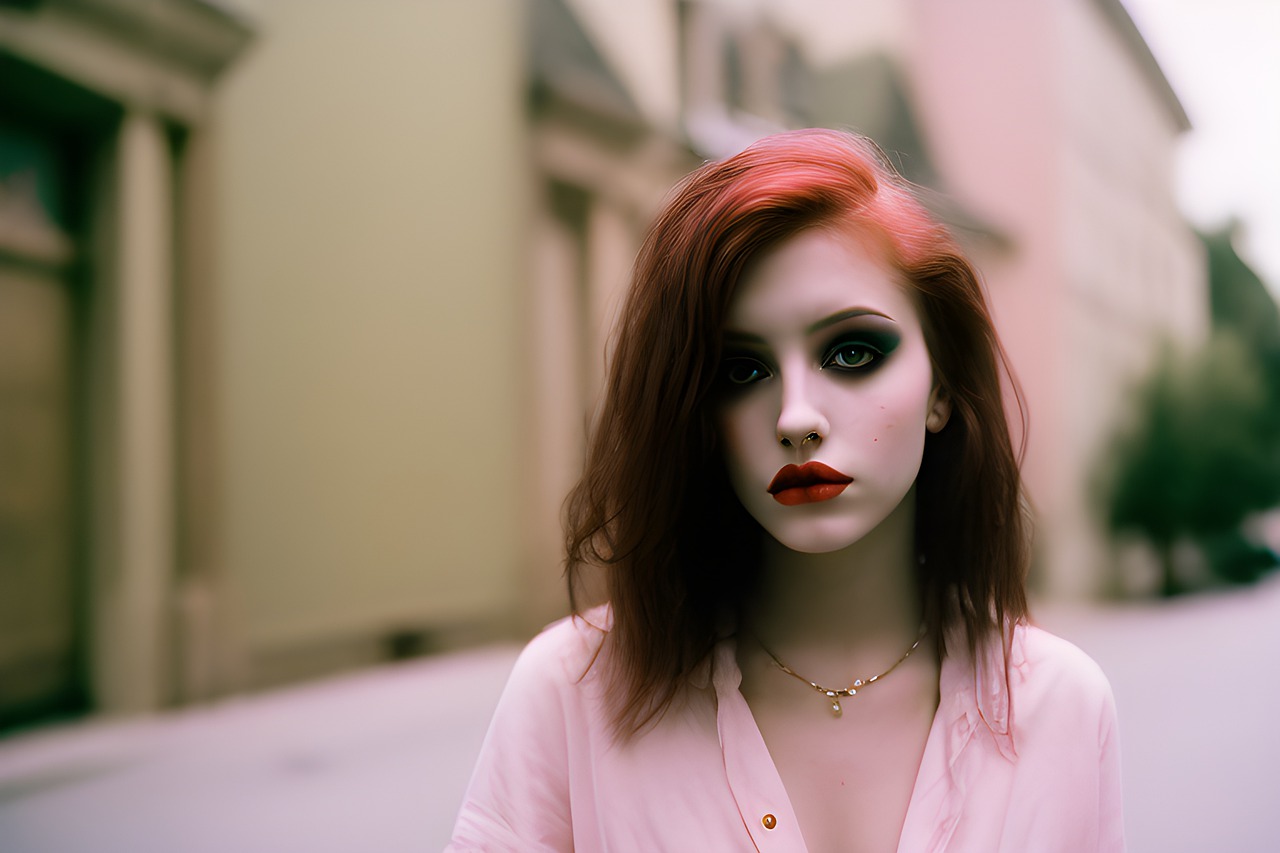The Evolution of Gothic Fashion: From Subculture to Mainstream Trend
For many years, Gothic fashion has been associated with a dark, mysterious, and sometimes even macabre aesthetic. However, in recent times, this unique style has transcended its subculture roots and become a captivating mainstream trend. Let’s explore the evolution of Gothic fashion and how it has captured the imagination of a diverse range of individuals.
Gothic fashion emerged in the late 1970s as a response to the punk movement, drawing inspiration from Victorian and Edwardian fashion, as well as horror literature and cinema. Initially, it was considered an underground subculture, embraced by those who preferred an alternative and rebellious style. However, with the passage of time, Gothic fashion has gradually infiltrated the mainstream, captivating a wider audience with its allure.
One of the key factors behind the transition of Gothic fashion into the mainstream is its ability to adapt and incorporate elements from other subcultures and fashion trends. Designers have consistently reimagined and reinvented Gothic fashion, blending it with contemporary styles to create a unique and captivating fusion. This adaptability has allowed Gothic fashion to appeal to a broader range of individuals, transcending the boundaries of its subculture origins.
The Dark Aesthetic: Exploring the Elements of Gothic Fashion
Gothic fashion is characterized by its distinct dark aesthetic, which combines elements of grandeur, melancholy, and rebellion. The color palette often revolves around shades of black, deep red, and dark purple, reflecting a sense of mystery and intensity. Intricate lace, velvet, corsets, and flowing silhouettes are frequently employed to create an air of elegance and drama.
Accessories play a crucial role in Gothic fashion, serving as striking accents to complete the look. Chokers, statement jewelry, leather gloves, and platform boots are just a few examples of the accessories that contribute to the overall allure of the style. These elements add layers of visual interest and convey a sense of individuality and self-expression.
The dark aesthetic of Gothic fashion not only extends to clothing but also encompasses makeup and hairstyling. Heavy eyeliner, dark lip colors, and a pale complexion are commonly seen in Gothic makeup, creating a stark contrast against the predominantly black attire. Hairstyles often lean towards elaborate updos or cascading waves, adding a touch of romance and gothic allure to the overall look.
From Runway to Red Carpet: Gothic Fashion in the Limelight
Gothic fashion has made its way from the obscure streets to the glamorous world of high fashion and red carpets. Designers such as Alexander McQueen, Vivienne Westwood, and John Galliano have embraced the Gothic aesthetic, showcasing collections that celebrate the dark and alluring style. Their creations have been worn by celebrities and models on prestigious runways and graced the pages of top fashion magazines.
In recent years, Gothic fashion has also gained attention on the red carpet, with celebrities embracing the dark and dramatic style for major events. Stars like Dita Von Teese, Evan Rachel Wood, and Florence Welch have been seen donning Gothic-inspired gowns and accessories, making a bold statement and adding a touch of intrigue to their appearances.
The mainstream acceptance and popularity of Gothic fashion have opened doors for designers specializing in this style, allowing them to reach a wider audience and gain recognition in the fashion industry. Gothic fashion has proven that it is not just a passing trend but a timeless and captivating style that continues to evolve and inspire.
The Influence of Gothic Fashion on Popular Culture
Gothic fashion has had a significant influence on popular culture, permeating various forms of media and entertainment. From films and television shows to music and literature, the Gothic aesthetic has left its mark, captivating audiences with its dark allure.
Movies like “Edward Scissorhands,” “The Crow,” and “Interview with the Vampire” have showcased Gothic fashion on the big screen, further popularizing the style and influencing fashion trends. Television shows like “Penny Dreadful” and “American Horror Story” have also embraced the Gothic aesthetic, incorporating it into their costumes and set designs.
In the world of music, Gothic fashion has been closely associated with genres such as goth rock, post-punk, and darkwave. Bands like The Cure, Siouxsie and the Banshees, and Bauhaus not only created music that embodied the Gothic spirit but also became style icons, influencing their fans with their distinctive fashion choices.
Gothic fashion has also made its mark in literature, with authors like Edgar Allan Poe, Mary Shelley, and Bram Stoker exploring themes of darkness, horror, and the supernatural. The fashion described in their works has inspired countless individuals to embrace the Gothic aesthetic and incorporate it into their personal style.
Embracing Individuality: The Appeal of Gothic Fashion
One of the reasons Gothic fashion has captured the imagination of so many people is its emphasis on individuality and self-expression. The style allows individuals to embrace their unique tastes and preferences, creating a sense of empowerment and identity.
Gothic fashion provides an outlet for those who may feel like outsiders or reject societal norms. It allows them to express their creativity and explore different aspects of their personality through clothing and accessories. The dark and mysterious aesthetic of Gothic fashion often resonates with individuals who appreciate a sense of drama and romanticism in their lives.
Furthermore, Gothic fashion promotes inclusivity and diversity, welcoming individuals of all shapes, sizes, and genders. It encourages self-acceptance and celebrates individual beauty, breaking away from the traditional standards of mainstream fashion.
In conclusion, Gothic fashion has evolved from a subculture to a captivating mainstream trend, capturing the imagination of individuals from all walks of life. Its dark aesthetic, emphasis on individuality, and influence on popular culture have contributed to its enduring appeal. Whether on the runway, red carpet, or in everyday life, Gothic fashion continues to inspire and enchant, unveiling the dark and alluring style for those who dare to embrace it.


